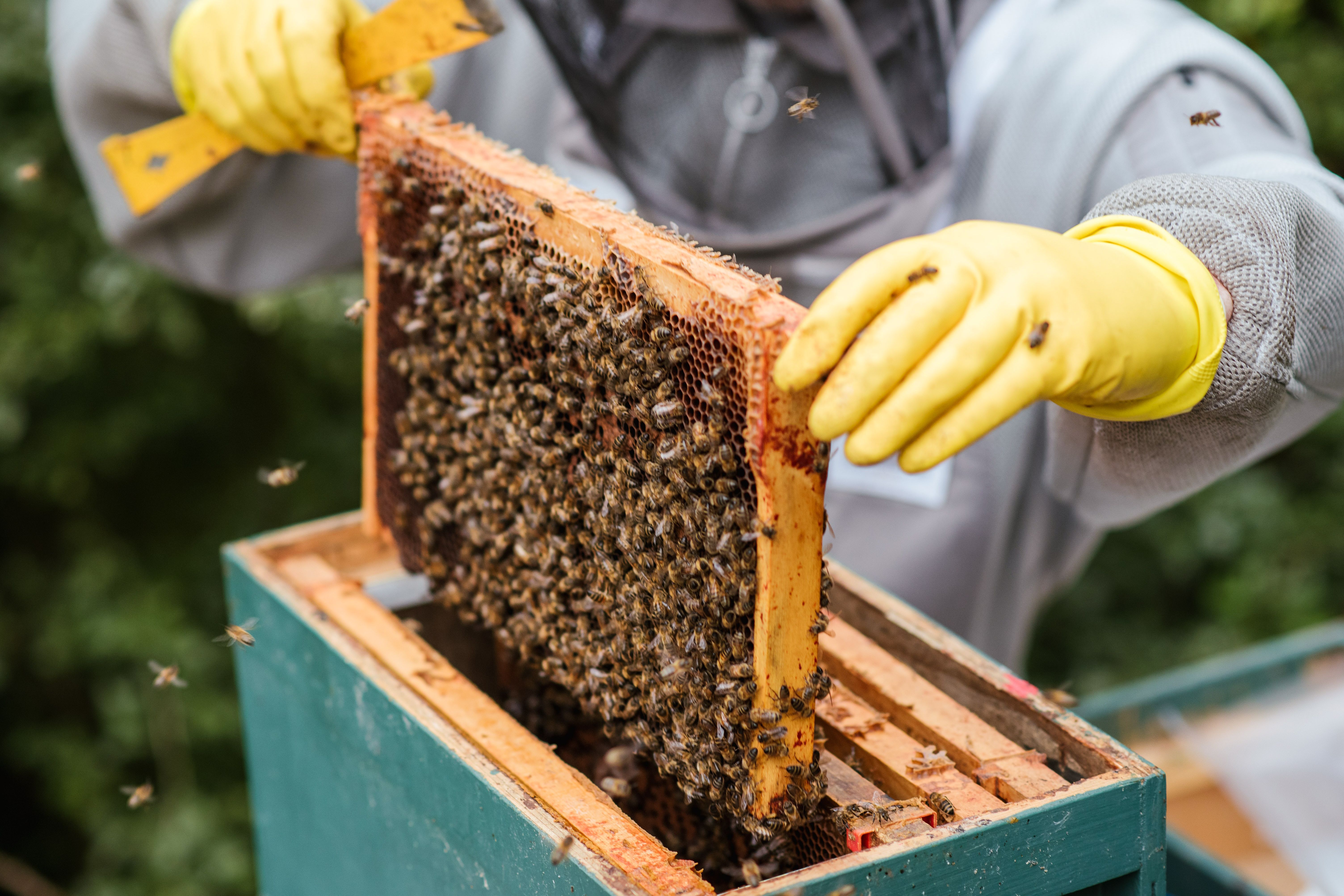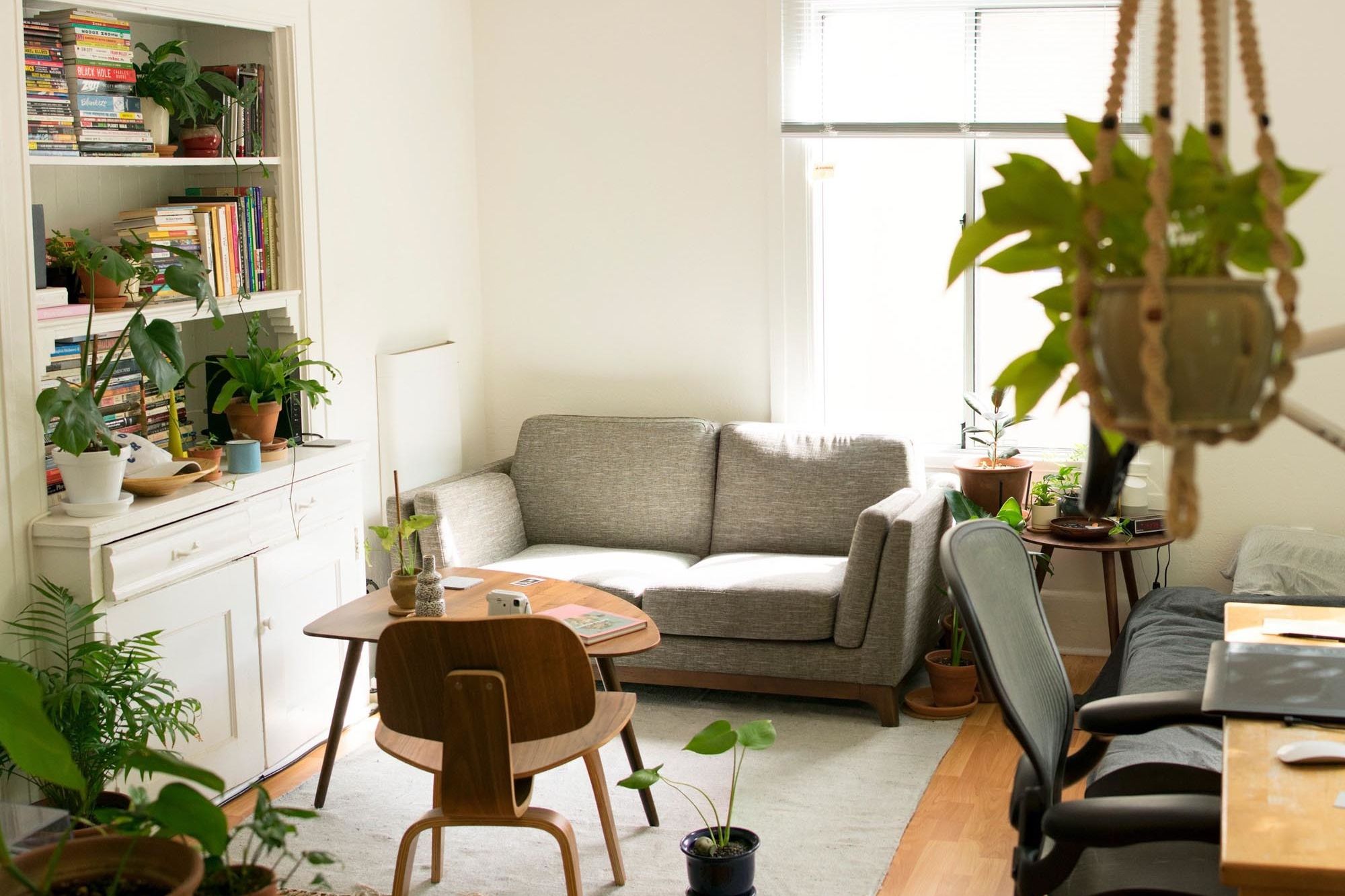First home owner
Everything you need to know to get a great home loan, the first time.
Frequently asked questions about becoming a first home buyer
Mortgage versus home loan - Do they mean the same thing?
Most people use ‘home loan’ and ‘mortgage’ interchangeably, however they actually refer to two entirely separate things.
What is a home loan?
A home loan is the sum of money a lender lends you to purchase your chosen property. You pay this money back to the lender over a number of years, along with interest on the loan calculated at either a variable (fluctuates with the market) or fixed (1 to 10 years) interest rate.
What is a mortgage?
A mortgage is a security measure that’s put in place when you take out your home loan that protects the lender if you default on your repayments. If you don’t pay the money back, the mortgage gives the lender the legal right to sell your property in order to recoup their losses. The mortgage stays in force until you have paid off your home loan, after which time you own the property.
What's the difference?
A home loan is a means of buying a home when you don’t have the money yourself, while a mortgage is a means of guaranteeing a loan and protecting the lender from non-payment.
If you’re planning on buying a property, it’s good to keep informed. You can contact our expert team at Tiimely Home any time if you’re ever unsure or need clarification.
What is Stamp Duty?
Stamp duty is a state government tax levied on home buyers and it varies depending on the state or territory.
Generally, it’s 3-4% of the property value, but it’s best to use our Stamp Duty Calculator for an estimate of what you can expect to pay. Below, you’ll find an overview of stamp duty for each state and territory:
VIC
$440,001 to $550k = $18,370, plus 6% of the dutiable value over $440k.
$550,001 to $960k = $28,070, plus 6% of the dutiable value over $550k.
NSW
$80,001 to $300k = $1,290, plus $3.50 for every $100 over $80k$300,001 to $1m = $8,990, plus $4.50 for every $100 over $300k.
If you're a first home buyer, you can choose between a lump sum stamp duty payment or an annual tax that is based on your property's land value. There are conditions and eligibility criteria, which you can find here.
QLD
$75k to $540k = $1,050, plus $3.50 for every $100 over $75k.$540k to $1m = $17,325, plus $4.50 for every $100 over $540k.
WA
$100,001 to $250k = $2,090, plus $3.80 for every $100 over $100k.
$250,001 to $500k = $7,790, plus $4.75 for every $100 over $250k.
SA
$250k to $300k = $8,955, plus $4.75 for every $100 over $250k.$300k to $500k = $11,330, plus $5 for every $100 over $300k.
TAS
$200k to $375k = $5,935, plus $4 for every $100 over $200k.$375k to $725k = $12,935, plus $4.25 for every $100 over $375k.
NT & ACT
Stamp duty is determined by a formula in these territories, so you’ll need to use the calculators on the NT Government and ACT Revenue Office websites to determine approximate stamp duty.
What type of home loan is best for a first home buyer?
If you’re buying your first home, you’ve probably been saving for a while to get your deposit together.
Depending on how successful you’ve been, you’ll have saved either 20% or at the very least 10%, which will determine the type of home loan you’ll be able to get.
If you’ve only managed to save 10% of the property’s value, you’ll be required to take out Lenders Mortgage Insurance (LMI). This can be quite expensive, so it’s best to try and save a 20% deposit if you can.
The type of loan you then opt for will depend on your circumstances, but most first home buyers go for a principal and interest loan, where you pay off the loan amount with interest.
Many also choose a variable interest rate loan, as this usually comes with features that can help you to pay the loan off quicker.
Some people do opt for a fixed rate loan and the advantage of this is you always know how much your repayments will be, allowing you to stay on top of your budget, particularly if it is tight.
Whichever type of loan you opt for as a first home buyer, consider having the lowest interest rate you can get, the shortest loan term you can afford, minimum fees and only those features you’re likely to use such as a redraw facility and offset account. You should also get professional financial advice to better understand your options.
Can I get a First Home Owner Grant from the government?
The First Home Owner Grant is a national first home buyer scheme designed to help Australians with buying their first property. Each state and territory have their own criteria to be eligible, but in general to be eligible you’ll need to be over the age of 18, a permanent resident or Australian citizen, and you can’t have previously owned a residential property anywhere in Australia.
See below for eligibility criteria for your state or territory:
- Victoria – a $10,000 grant for buying or building a new home valued up to $750,000. You can find more information specific to the Victorian FHOG here.
- NSW – a $10,000 grant available for new properties valued up to $600,000 or $750,000 when building a home. You can find more information specific to the New South Wales FHOG here.
- Queensland – a $15,000 grant to buy or build a new home valued up to $750,000. You can find more information specific to the Queensland FHOG here.
- WA – a $10,000 grant for buying or building a new home valued up to $750,000 (south of the 26th parallel) or $1 million (north of the 26th parallel). You can find more information specific to the Western Australian FHOG here.
- SA – a $15,000 grant for buying or building a new home valued up to $650,000 (where the contract was entered into on or after 15 June 2023) or $575,000 (where the contract was entered into on or before 14 June 2023). You can find more information specific to the South Australian FHOG here.
- ACT - a $7,000 grant. For 2023-24, the maximum concession amount is $34,504. You can find more information specific to the Australian Capital Territory FHOG here.
- Tasmania – up to $30,000 grant for buying or building a new home. You can find more information specific to the Tasmanian FHOG here.
- NT - a $10,000 grant for buying or building a new home of any value. You can find more information specific to the Northern Territory FHOG here.
What is Lenders Mortgage Insurance (LMI)?
Lenders' Mortgage Insurance is insurance that protects the lender from financial loss if you’re not able to make your repayments and default on the loan.
You’ll need to pay LMI if you borrow more than 80% of a property’s value (i.e. if you have less than a 20% deposit).
Factors that affect how much LMI include:
- The size of the loan - the bigger your loan, the higher the LMI
- Your deposit amount - the smaller the deposit, the higher the cost of LMI
- The purpose of the loan – investors can pay as much as 20% more for LMI than owner occupiers
- Your employment status – how much you earn and whether your work is full time or casual
- The insurer - premiums differ between insurers
LMI can cost you thousands of dollars, however there are ways to avoid paying LMI or reducing how much you pay including:
- Ensuring your deposit is 20% or more
- Having a guarantor on your loan (Tiimely Own home loans don't offer guarantor loans, however our in-house broker service can assist you in finding a suitable guarantor loan), and
- Applying for the First Home Loan Deposit Scheme
What is the First Home Owner Grant?
The First Home Owner Grant is a national first home buyer scheme designed to help Australians buying their first property. Each state and territory have their own eligibility criteria, but in general you’ll need to be over the age of 18, a permanent resident or Australian citizen, and you can’t have previously owned a residential property anywhere in Australia.
Below is a state-by-state breakdown (updated Nov 2023)
Victoria
- Up to $10,000 for eligible home buyers
- Available for new properties up to the value of $750,000
- Land transfer (stamp) duty exemption or concession for eligible home buyers
- You’ll need to live in the property for 12 months after purchasing
- You must be at least 18 years old
- At least one applicant must be a permanent resident or an Australian citizen
- You can’t have owned a home prior to 1st July 2000
- You can’t have lived in a home that you owned after 1st July 2000
- You can’t have previously received a grant
You can find more information specific to the Victorian FHOG here.
New South Wales
- Up to $10,000 for eligible individuals when you buy or build your first new home
- Available for new properties up to the value of $600,000 OR;
- When building a home with a total value up to $750,000
- Full or partial exemption from paying transfer (stamp) duty for eligible home buyers
- You’ll need to live in the property for 6 months after purchasing
- You must be at least 18 years old
- At least one applicant must be a permanent resident or an Australian citizen
- You can’t apply through a company or a trust
- You can’t have owned a home prior to 1st July 2000
- You can’t have lived in a home that you owned after 1st July 2000 (for six consecutive months or more)
- You can’t have previously received a grant
You can find more information specific to the New South Wales FHOG here.
Queensland
- Up to $15,000 for eligible home buyer
- Available for new properties up to the value of $750,000
- Transfer (stamp) duty concession of up to $15,925 of properties valued under $550,000, or a full exemption for properties valued under $500,000
- You’ll need to live in the property for 6 months after purchasing
- You must be at least 18 years old
- At least one applicant needs to be a permanent resident or an Australian citizen
- You can’t have lived in any home that you have owned
- You can’t have already received a grant
You can find more information specific to the Queensland FHOG here.
Queensland
- Up to $15,000 for eligible home buyer
- Available for new properties up to the value of $750,000
- Transfer (stamp) duty concession of up to $15,925 of properties valued under $550,000, or a full exemption for properties valued under $500,000
- You’ll need to live in the property for 6 months after purchasing
- You must be at least 18 years old
- At least one applicant needs to be a permanent resident or an Australian citizen
- You can’t have lived in any home that you have owned
- You can’t have already received a grant
You can find more information specific to the Queensland FHOG here.
Western Australia
- Up to $10,000 for eligible home buyers
- Available for new properties (located south of the 26th parallel of south latitude — which includes the Perth metro area) up to the value of $750,000
- Available for new properties (located north of the 26th parallel of south latitude) up to the value of $1,000,000
- Transfer (stamp) duty exemption or concession for eligible home buyers
- You’ll need to live in the property for 6 months after purchasing
- You must be at least 18 years old
- At least one applicant needs to be a permanent resident or an Australian citizen
- You can’t apply through a company or a trust
- You can’t have owned a home prior to 1st July 2000
- You can’t have lived in a home that you owned after 1st July 2000 (for 6 consecutive months or more after the 1st July 2004)
- You can’t have previously received a grant
You can find more information specific to the Western Australian FHOG here.
South Australia
- Up to $15,000 for eligible first home buyers
- Available for new homes with a value of up to $650,000 (where the contract was entered into on or after 15 June 2023) or $575,000 (where the contract was entered into on or before 14 June 2023)
- You’ll need to live in the property for at least 6 months after purchasing or construction is complete
- You must be at least 18 years old
- At least one applicant needs to be a permanent resident or an Australian citizen
- You can’t apply through a company or a trust
- You can’t have owned a home prior to 1st July 2000
- You can’t have lived in a home that you owned after 1st July 2000 (for six consecutive months or more)
You can find more information specific to the South Australian FHOG here.
Australian Capital Territory
- A grant of up to $7000 was available until 30th June 2019
- The FHOG has been replaced with the Home Buyer Concession Scheme, which eliminates or reduces the amount of stamp duty payable
- For 2023-24, the maximum concession amount is $34,504
- The concession is available for all properties within the ACT, new and old and it includes land
- All buyers of the property must be at least 18 years old
- The total gross income of the buyers must meet an income threshold
- Buyers can’t have owned property within the previous 2 years
- At least one of the buyers must reside in the property for at least 12 months
You can find more information specific to the Australian Capital Territory FHOG here.
Tasmania
- Up to $30,000 for eligible home buyers (until 30th June 2024)
- Available for new properties only
- Transfer duty concession of up to 50% for first home buyers purchasing an existing property up to a value of $600,000 (until 30 June 2024)
- No purchase price limit
- You’ll need to live in the property 6 months after purchasing.
- You must be at least 18 years old
- You must be a permanent resident or an Australian citizen
- You can’t apply through a company or a trust
- You can’t have owned a home before 1st July 2000
- You can’t have lived in a home that you have owned after 1st July 2000 (for 6 consecutive months or more)
- You can’t have previously received a grant
You can find more information specific to the Tasmanian FHOG here.
Northern Territory
- Up to $10,000 for eligible home buyers
- Household goods grant of up to $2000
- You’ll need to live in the property for 12 months after purchasing
- At least one applicant must be 18 or over
- At least one applicant must be a permanent resident or an Australian citizen
- You can’t apply through a company or a trust
- You can’t have owned a home prior to 1st July 2000
- You can’t have lived in a home that you owned after 1st July 2000
- You can’t have previously received a grant
You can find more information specific to the Northern Territory FHOG here.












